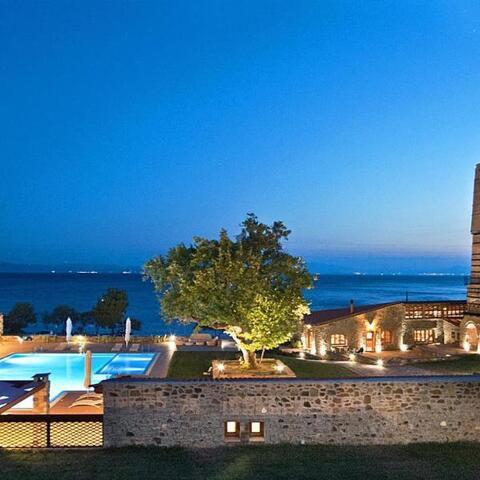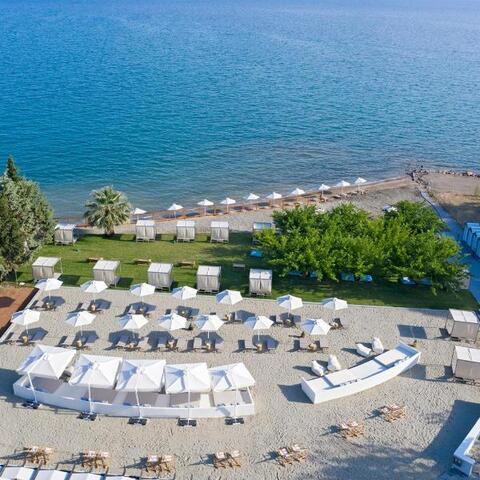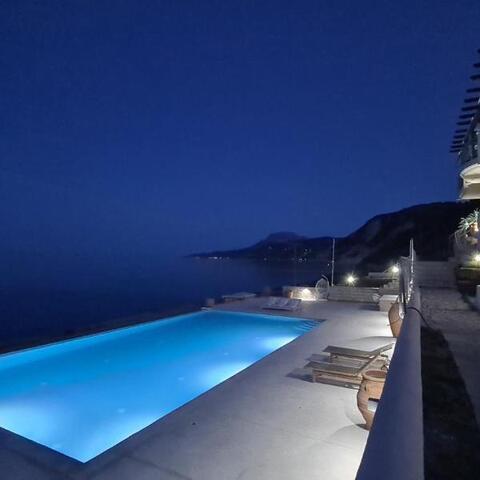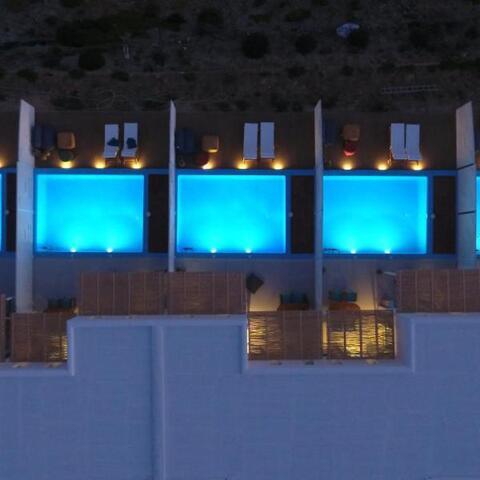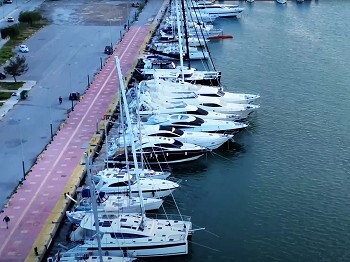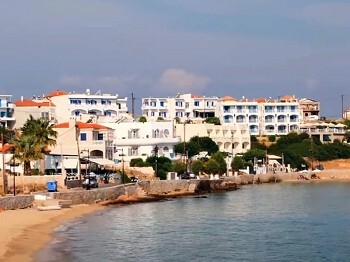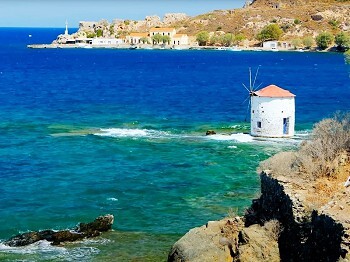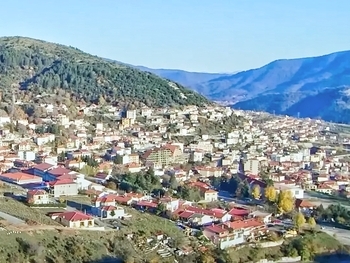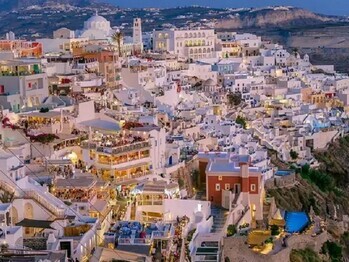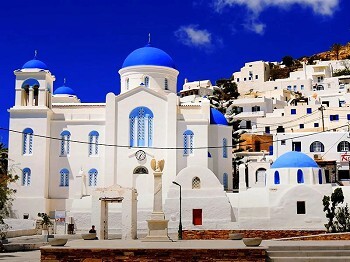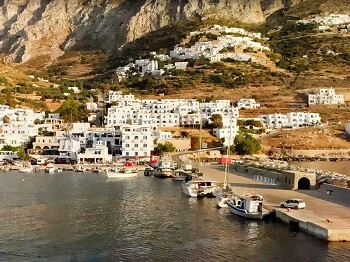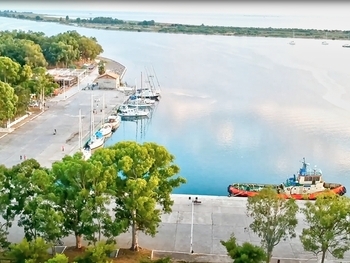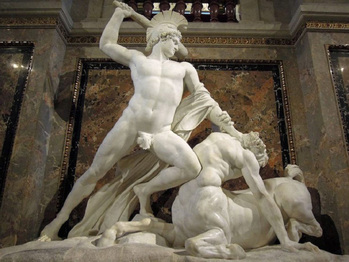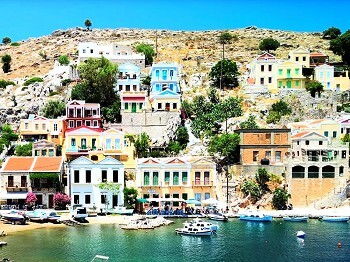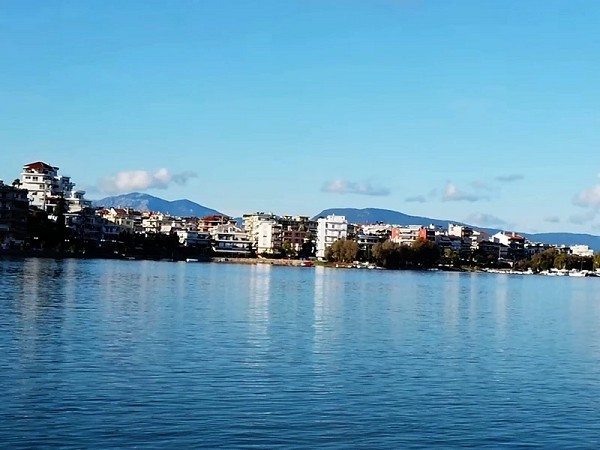
Evia Prefecture, nestled in the heart of Greece, is a treasure trove of historical Landmarks that beckon history enthusiasts and curious travelers alike. From ancient Ruins to Byzantine marvels, Evia offers a glimpse into Greece's vibrant past. Here's a guide to the must-visit historical sites in Evia Prefecture that will transport you back in time.
We suggest for your stay:
Still Looking for the Perfect Stay?
1. Eretria Archaeological Site: Echoes of Ancient Civilization
Eretria, one of the prominent ancient cities in Evia, is a testament to the island's Historical significance. The Eretria Archaeological Site includes remnants of temples, a Theatre, and ancient houses, offering a vivid portrayal of daily life in ancient Greece.
The Temple of Apollo Daphnephoros: A Highlight of the site, this Temple was dedicated to Apollo, the god of music, prophecy, and healing. The Remains, though fragmented, give insight into the architectural prowess of the era.
The Ancient Theatre: Built in the 5th century BCE, the Theatre could accommodate thousands of spectators, reflecting the cultural importance of theatrical Performances in ancient Greek society.
Mosaic Floors: Beautifully preserved mosaics in the ancient houses provide a glimpse into the artistic sensibilities of the period.
2. Chalkis: The Bridge Between Past and Present
Chalkis, the capital of Evia, is a city steeped in history with influences from various eras. It's strategically located on the Euripus Strait, which has been crucial for trade and military endeavors.
The Castle of Karababa: Built by the Ottomans in the 17th century, this castle offers panoramic Views of the city and the strait. Its construction was aimed at protecting Chalkis from Venetian attacks.
Archaeological Museum of Chalkis: This museum houses Artifacts spanning from the Neolithic to the Roman periods, including Pottery, statues, and inscriptions that narrate the history of Evia.
The Red House: An iconic 19th-century neoclassical mansion, The Red House stands as a symbol of Chalkis' architectural evolution.
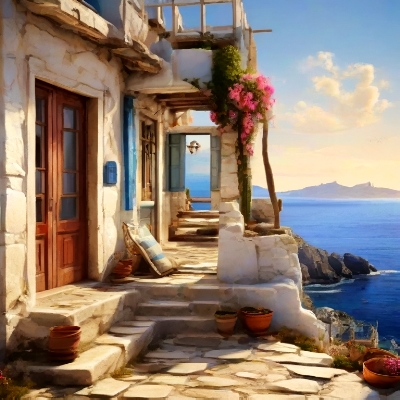
3. The Dragon Houses of Southern Evia: Mysteries in Stone
Scattered across Southern Evia, the Dragon Houses are prehistoric megalithic structures that have puzzled archaeologists for years. These enigmatic buildings are characterized by large stone slabs, and their purpose Remains a subject of debate.
Ochi Mountain: The most famous Dragon House is located on Ochi Mountain. It's accessible via a scenic hike, offering breathtaking Views along with a sense of mystery.
Styra: Another area with a concentration of Dragon Houses, Styra provides a unique opportunity to explore these ancient constructions and ponder their origins.
4. The Monastery of Saint John the Russian: A Pilgrimage of Faith
Located in the village of Prokopi, the Monastery of Saint John the Russian is a significant religious site. It attracts pilgrims from around the world who come to venerate the saint's Relics.
Saint John's Relics: The Monastery is famous for housing the incorrupt Relics of Saint John the Russian, a revered figure in Orthodox Christianity.
Spiritual Atmosphere: The serene environment and the beautiful Architecture of the Monastery offer a peaceful retreat for visitors seeking spiritual solace.
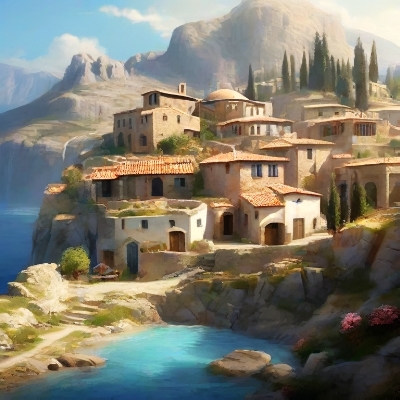
5. Karystos: A Mosaic of Ancient and Medieval History
Karystos, located on the southern tip of Evia, boasts a rich history with Landmarks from different eras.
The Venetian Fortress of Bourtzi: Overlooking the Harbor, this fortress was built by the Venetians in the 13th century. It served as a defensive structure against pirate raids and offers a glimpse into medieval military Architecture.
The Archaeological Museum of Karystos: Housed in a neoclassical building, the museum features Artifacts from the Bronze Age to the Roman period, including Sculptures, Pottery, and inscriptions.
The Temple of Poseidon at Geraistos: Though only Ruins remain, this Temple was once a significant sanctuary dedicated to Poseidon, the god of the sea. It highlights Karystos' maritime importance in ancient times.
6. Kymi: The Balcony of the Aegean and its Historical Treasures
Known as the "Balcony of the Aegean" for its stunning Views, Kymi is also rich in historical sites that reflect its long-standing maritime Heritage.
Folklore Museum of Kymi: This museum showcases traditional Artifacts, costumes, and tools, providing insights into the daily life and culture of Kymi's inhabitants over the centuries.
Byzantine Churches: Scattered throughout the region, these churches are adorned with remarkable Frescoes and icons, reflecting the religious art and Architecture of the Byzantine period.
The Ancient City of Kymi: Archaeological Excavations have revealed parts of the ancient city, including fortifications and residential areas, offering a glimpse into its Historical significance.
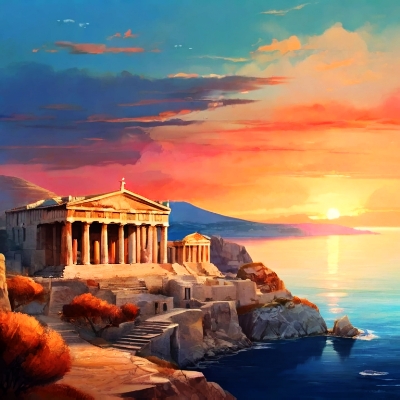
Conclusion
Evia Prefecture is a destination where history comes alive through its myriad historical sites. From ancient Ruins and medieval fortresses to religious Landmarks and mysterious structures, Evia offers a captivating journey through time. Whether you're a history buff or simply curious, these sites provide a rich tapestry of stories that are sure to enrich your travel Experience. So, pack your bags and set out to explore the historical wonders of Evia Prefecture – a land where the past is ever-present.
